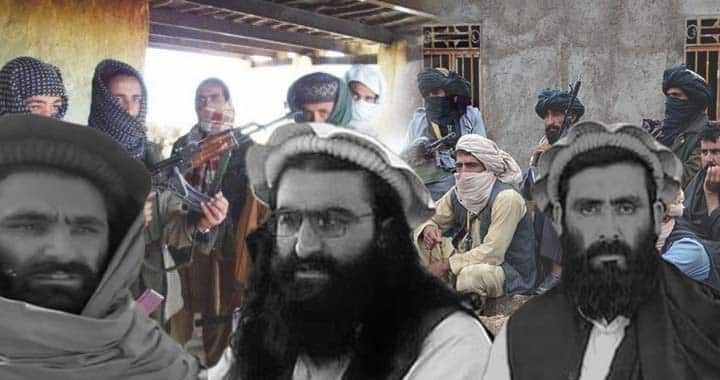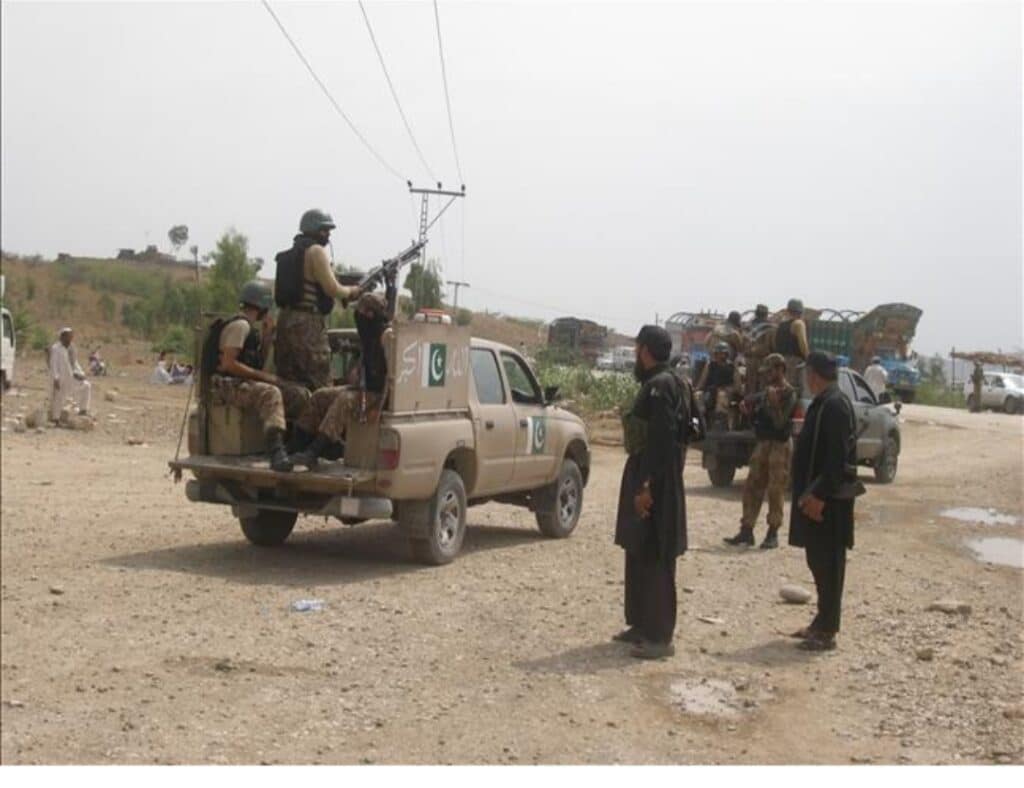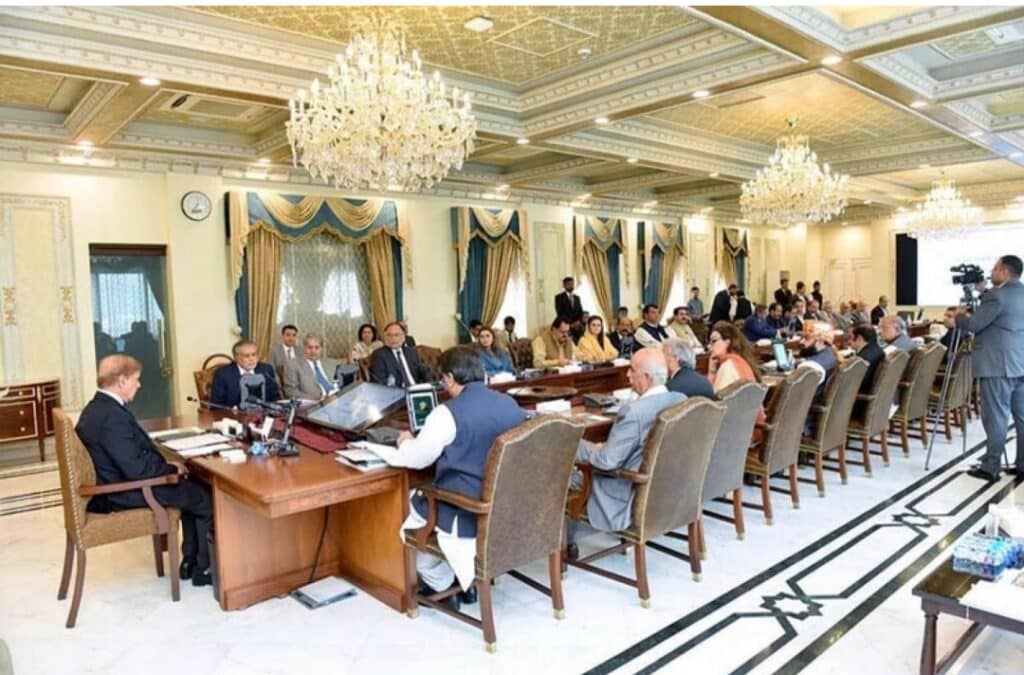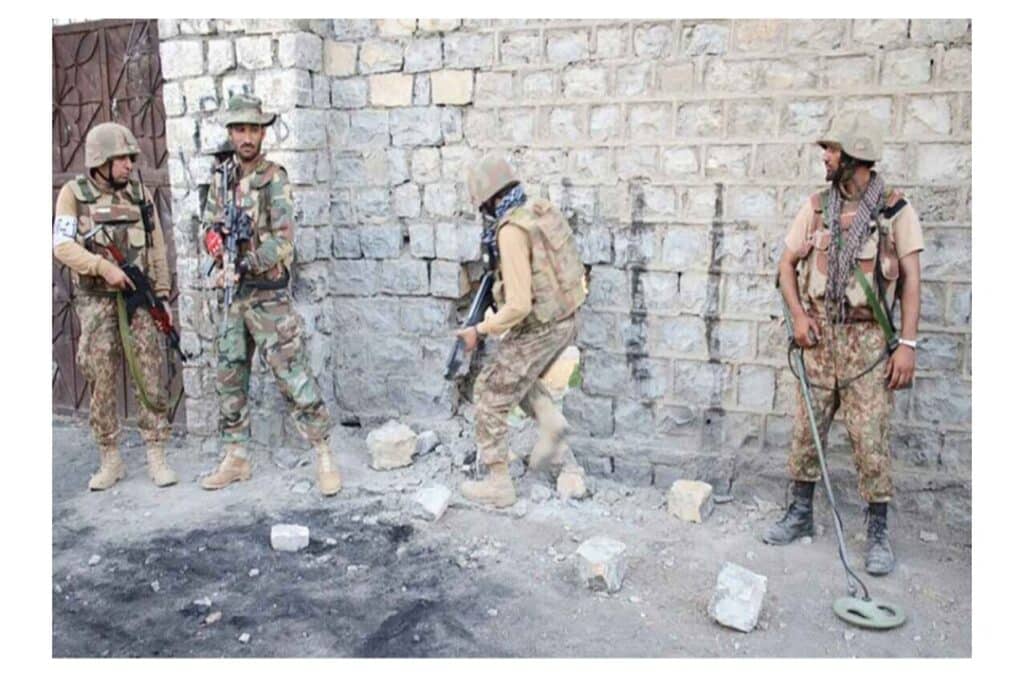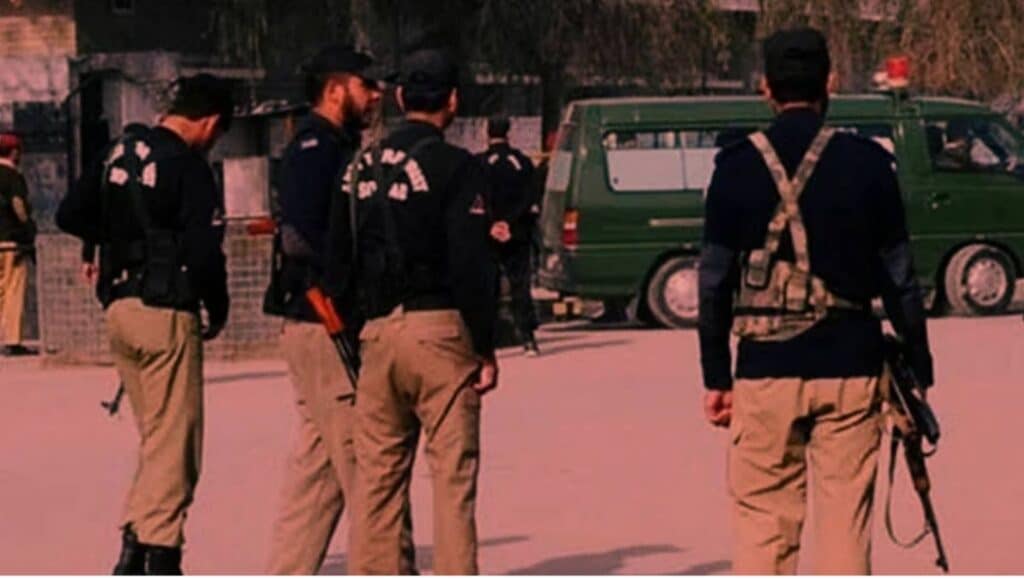Just as serious divisions are emerging within their patrons in Afghanistan, the Afghan Taliban, internal discord is also intensifying among the Khawarij operating in Pakistan. The group, which includes elements of Tehreek-i-Taliban Pakistan (TTP) and IS-Khorasan (ISKP), is said to be in disarray after suffering a string of operational failures, prompting growing mistrust within the ranks and unease at the top.
Security sources have confirmed that several senior Khawarij operatives were killed in recent months while attempting to infiltrate Pakistani territory across the Afghan border. The elimination of these key figures has reportedly triggered severe anxiety within the leadership, especially among top commanders like Noor Wali Mehsud, who now faces mounting pressure from within the organisation.
In response to the setbacks, Noor Wali has repeatedly instructed his fighters to avoid mobile phones, fearing that communication intercepts are enabling targeted operations by Pakistani forces. He has also ordered militants to take shelter in civilian areas, including mosques, hujras (traditional communal gathering spaces), and the homes of undocumented Afghan nationals.
Security officials believe this is a deliberate tactic to embed fighters among the population, effectively using civilians as human shields in the event of military action. The use of such locations also allows militants to later spread propaganda, falsely accusing security forces of targeting innocent civilians and religious sites.
Interrogations and confessions from captured a khariji, Abdul Samad, has revealed disturbing details, including the use of mosques and communal spaces for the construction of improvised explosive devices (IEDs) and safe havens for fighters.
The group’s propaganda wing, meanwhile, continues to circulate AI-generated and outdated videos on social media, often featuring children or emotional imagery, as part of a long-standing disinformation campaign aimed at confusing the public and tarnishing the state narrative.
Additionally, fresh intelligence suggests that the Khawarij leadership has instructed a greater number of illegal Afghan nationals living in Pakistan to take part in future attacks. In the recent terrorist incidents in South Waziristan and Dir, most of the attackers were reportedly infiltrators from Afghanistan.
Despite the evolving threats, security forces remain on high alert and are fully committed to eliminating all militant elements and their facilitators from Pakistani soil. Counter-terror operations continue with renewed intensity in border regions and urban hideouts.
Deepening Divisions Within the Afghan Taliban
These developments come amid widening fissures within the Afghan Taliban leadership itself. Interior Minister Sirajuddin Haqqani recently defied a sweeping austerity directive from the Taliban’s reclusive supreme leader, Hibatullah Akhundzada, which had sought to cut government staffing by 20 percent. As a result, thousands of employees in the Interior Ministry have gone unpaid for two months — a move analysts say underscores growing dysfunction and the Taliban’s inability to govern effectively.
Tensions have further escalated following the arrest of prominent Afghan scholar Mufti Abdul Sami Ghaznavi, which triggered outrage among Taliban-affiliated supporters and deepened intra-group resentment.
In a notable public statement on September 10, Haqqani urged the Taliban leadership to focus on building public trust and ensuring security. While framed as a reformist call, many observers view his remarks as a thinly veiled critique of Akhundzada’s rigid rule, which continues to face internal backlash for its harsh policies, including bans on girls’ education, restrictions on women’s rights, and ethnic exclusion.
These internal divisions have led some ministries to function as isolated power blocs rather than as components of a unified government, a situation that experts believe may soon mirror the very breakdown seen in the militant groups they once supported.
According to security sources, several key members of the group have been eliminated in the past three months while attempting to cross into Pakistan. These losses have reportedly left the group’s leadership, including its top commander Noor Wali, deeply unsettled and increasingly divided.
Sources reveal that Noor Wali has repeatedly issued strict instructions to his fighters to avoid the use of mobile phones, fearing surveillance and targeted strikes. In addition, he has ordered militants to seek refuge and operate from mosques, public gathering places (hujras), and homes of undocumented Afghan nationals residing among civilian populations.
This strategy, security officials say, is aimed at blending in with ordinary people and using civilians as human shields in the event of military operations. Militants often exploit the sanctity of mosques and community spaces to deter security forces and later attempt to create false narratives blaming forces for civilian harm.
Recent disclosures by a captured khariji, Abdul Samad, have also confirmed that mosques and hujras are actively used for both sheltering fighters and constructing improvised explosive devices (IEDs).
The group’s propaganda machinery continues to employ deceptive tactics on social media, including the circulation of fake AI-generated content and outdated videos, often featuring children, to mislead the public and provoke emotional reactions.
In a concerning new directive, the Khawarij leadership has reportedly instructed greater recruitment of illegal Afghan nationals residing in Pakistan for carrying out attacks. Credible sources indicate that many of the militants involved in recent attacks in Dir and South Waziristan had crossed over from Afghanistan.
Security forces, meanwhile, remain fully prepared and committed to eliminating the Khawarij and their facilitators from Pakistani soil. Counter-terror operations have been ramped up across sensitive regions, with authorities emphasising zero tolerance for those sheltering or aiding militants.

